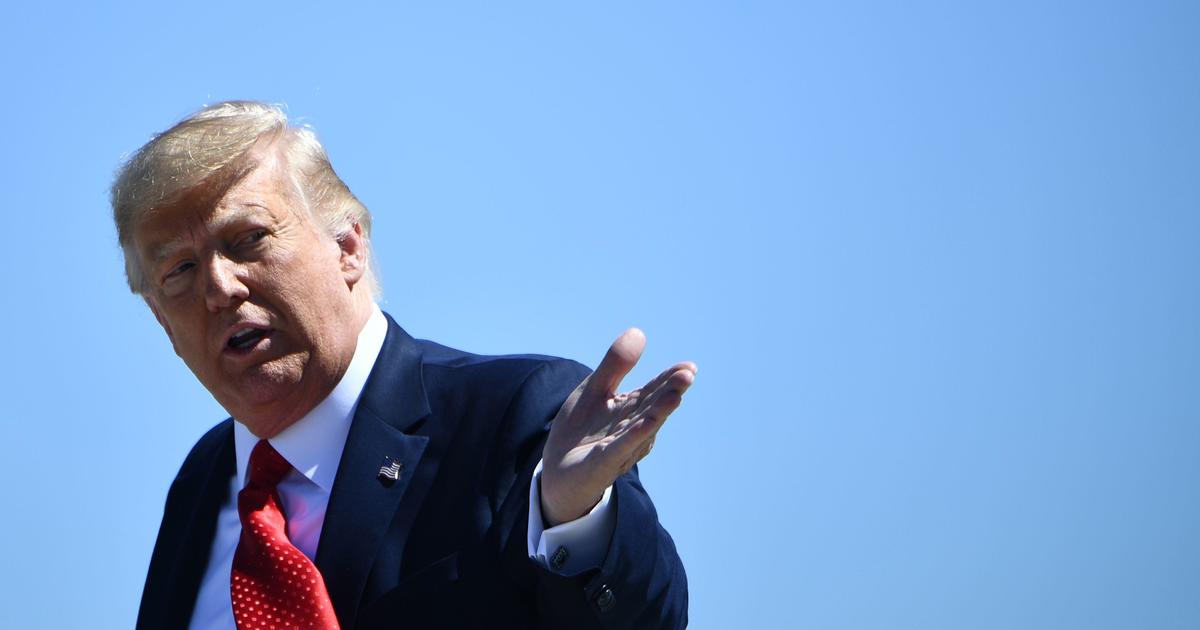A majority of states haven’t yet applied for President Donald Trump’s additional $300 in weekly jobless benefits for their out-of-work residents, with federal officials noting that 19 states have applied for the aid since Mr. Trump signed his order on August 8.
Eleven states have been approved to offer the extra payments, while another eight states have applied for the grants and are going through the approval process, FEMA assistant administrator for recovery Keith Turi said on a conference call with reporters on Thursday morning. Turi said he believes “a majority” will eventually apply for the additional aid.
One of the big questions surrounding Mr. Trump’s order is when that money would reach the bank accounts of millions of out-of-work Americans. The answer: It depends on when a state applies, as well as how long it takes for the state to get its systems up and running to disburse the money. Some states could send out the funds relatively quickly, but others might take as many as six weeks, officials said.
“It will vary wildly, from Arizona that has already implemented it, to states that may take a week or two to others that will take four, five, six weeks,” said Department of Labor assistant secretary for employment and training John Pallasch on the conference call. The difference partly depends on a state’s IT infrastructure, he added.
Jobless claims dip below 1 million
01:48
The states that have been approved for the grants are Arizona, Colorado, Idaho, Iowa, Louisiana, Maryland, Missouri, Montana, New Mexico, Oklahoma and Utah.
At the same time, the need for assistance continues to grow. The number of Americans filing for jobless aid rose last week, signaling that layoffs continue five months after the coronavirus first slammed the economy. Some 1.1 million people filed for first-time unemployment benefits, the Labor Department said Thursday. That’s an increase of 135,000 from the previous week. Another half a million self-employed workers filed for federal jobless aid.
The unemployment benefit grants aren’t automatic, which means that states need to apply to receive the extra federal funds. The $300 in weekly aid is funded by $44 billion in funds allocated for natural disaster relief, while states can add another $100 in additional aid to bring the total to $400.
But states can also count the unemployment insurance benefits they are already paying out toward their $100 contribution. In that case, out-of-work Americans would only receive an extra $300 in weekly aid from FEMA’s disaster relief funds.
FEMA said it’s pledged initial funding to cover three weeks of the $300 payments, although the program could supply an additional week or two of aid, depending on the drawdown of its $44 billion in funds.
